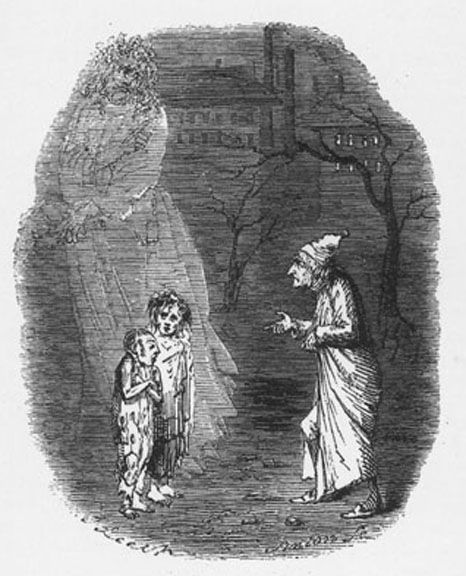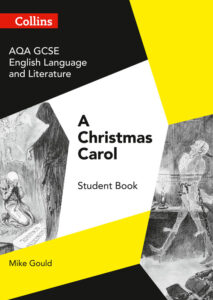Dickens – and the message of A Christmas Carol is everywhere – even though the season of goodwill is over four months away. He was on the lips of Labour MP David Lammy in the wake of the Grenfell Tower disaster, repurposing the title of A Tale of Two Cities to highlight the inequalities of life within London’s richest borough; he is there in the political characters who dominate the media space both in this country and abroad (the current President of the United States himself seems to have stepped right out of a yet to be discovered Dickens classic – perhaps, ‘Bleak White House’?) And soon, in The Man Who Invented Christmas, a new film will tell the story of how his famous novella came to be written.
Yet in writing the companion to A Christmas Carol, it was the unfamiliar details that surprised me and I think exploring these aspects can lead to a rich re-evaluation of the work which goes beyond the undoubted marvels of Tiny Tim, the ghosts and the portrayal of Scrooge himself. The social conscience of Dickens is all too evident, but I have tried to suggest that students should look beyond that to the nuanced political dimension of the text.
What, exactly, is Dickens arguing for? It is easy to miss the very different perspective on poverty – or at least its effects – in the soft-focus lens we use to read of the deserving working poor exemplified by the Cratchets. As I point out in Chapter 5, Unit 1, Dickens’s non-fiction accounts of the poorest parts of the city are matched by his account in Stave 4 of the ‘half-naked, drunken, slipshod and ugly’ nature of its inhabitants. There is fear here. Fear, perhaps, of revolution – of a violent disorder similar to the one which less than 60 years before had swept France. The clawed feet of ‘Ignorance’ and ‘Want’ might point both to a sympathetic understanding and an anxiety that left unchecked the effects of poverty and lack of education cannot be confined to poor boroughs and parishes, but will ultimately affect all of society. This message, if it is one, seems as relevant today as it has ever done.
Find out more about the new AQA GCSE English Language and Literature Set Text Student Guide: A Christmas Carol.
I think it is important for teachers to spend time on considering these messages – and I use the plural advisedly. Part of A Christmas Carol’s appeal is that it combines simplicity (the recurring structure, for a start) with complexity, yet let us not forget that it arose out of a simple, stated desire on Dickens’s part to ‘strike a blow’ on his readers following what he had heard about, and had experienced himself in terms of poverty. How strange this seems now. It is almost anathema to hear a novelist proceed from a stated moral objective, perhaps frightened that his or her characters will become mere ciphers. But it is something teachers could try with their students. While we spend time (quite rightly) teaching them how to write critically, compose persuasive speeches or summarise key ideas, it is easy to forget that stories, too, can arise out of indignation, passion and, yes, fear. Why not ask students to write a story with a moral message? We do not need to quote well-rehearsed statistics about correlations between poverty and educational attainment to recognise that Dickens’s concerns should be ours too.
Such a story will still need rounded characters, powerful settings, and structures that flow and surprise in equal measure. Like Dickens, students might start with their own experiences, dealt with sensitively, of course. Or they could plunder the huge well of issues that they read about or see on their smartphones or televisions: poverty in the great cities of the world, conflict across numerous disputed borders, or simply the image of a child stepping out of a boat onto the shores of a foreign land. That we still debate the sort of response the bare feet of the child should evoke as he or she steps onto the quay tells us that we have not yet solved the issues Dickens raises in A Christmas Carol.
By Mike Gould
Mike Gould is the author of the first AQA GCSE Set Text Student Guide from Collins: A Christmas Carol, new for August 2017. He has also co-authored the Collins AQA GCSE English Language and English Literature Student Books and Teacher Guides. These are just two examples of his work – Mike has written over 150 books for students and teachers, including plays, stories and the occasional poem.




